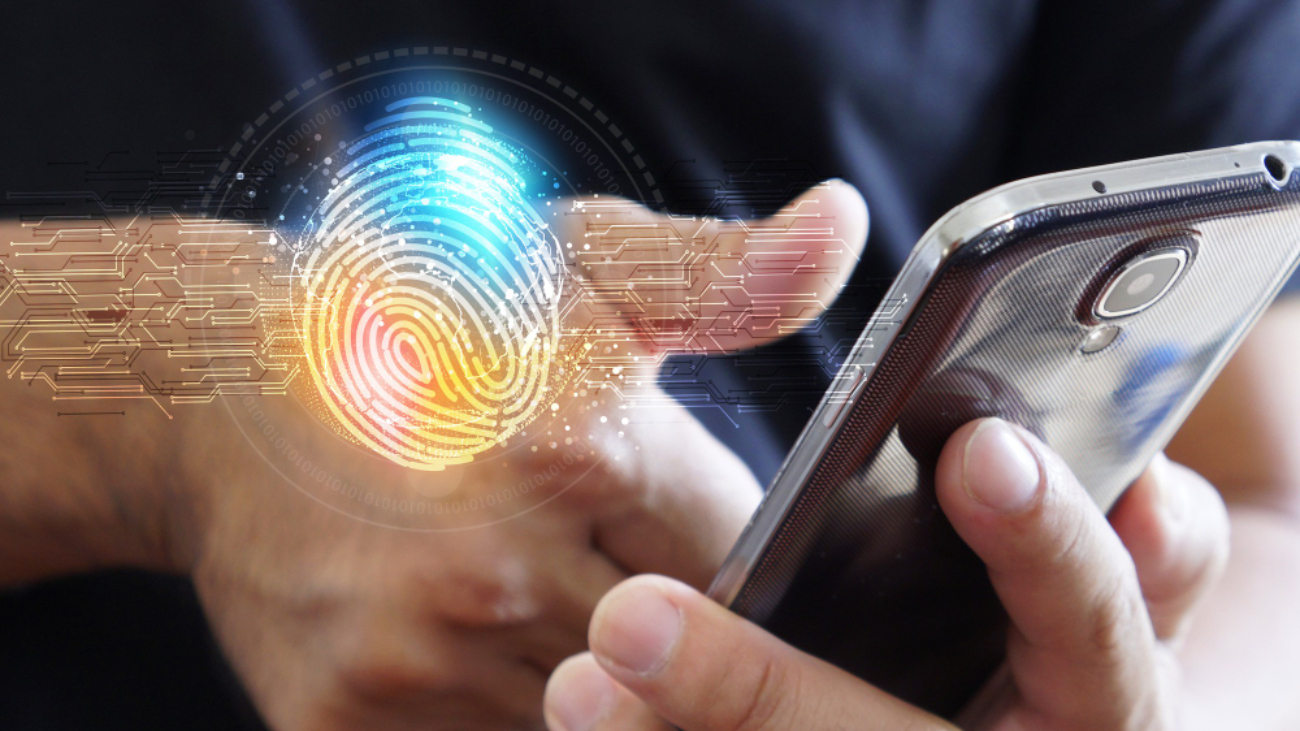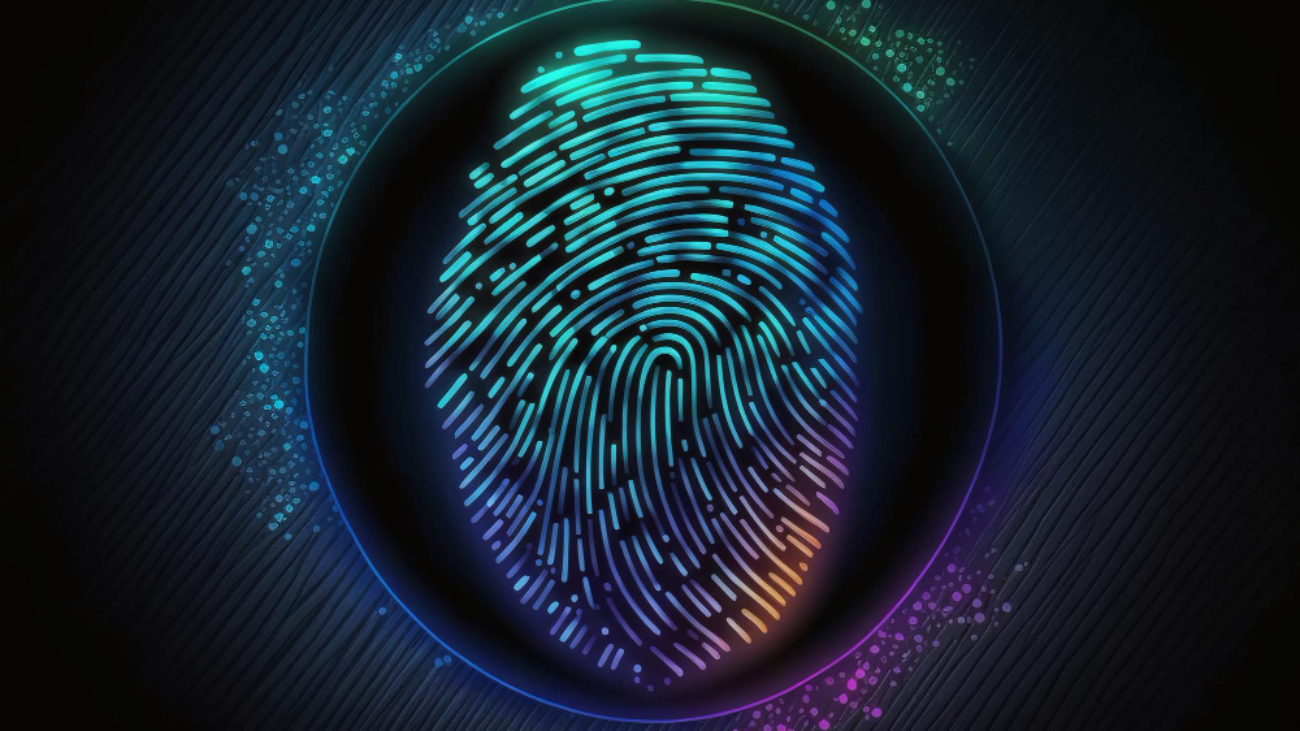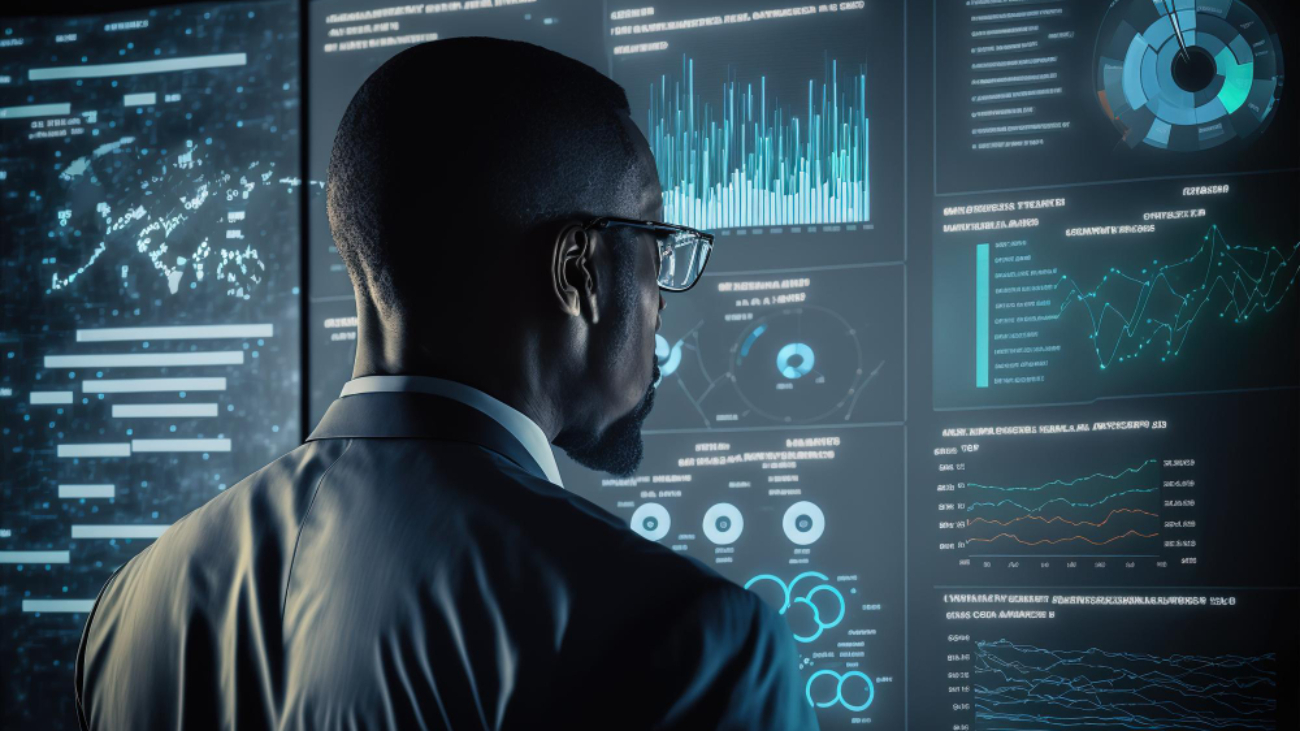Library management systems have been around for decades. With complex processes and a plethora of administrative tasks, many libraries have turned to library management systems for help. These systems use advanced technology and biometric solutions to simplify the process, ensuring library members and staff have secure access and a streamlined process.
Biometric solutions, such as fingerprint or facial recognition, eliminate the need for card-swiping or laborious manual checks. This reduces the number of steps involved and makes the process much more efficient, as well as safer and dignified.
In this article, Bahaa Abdul Hadi discusses how biometrics have changed and shaped library management systems, emphasizing on its benefits.
Streamlined Authentication
One of the most important aspects of library management is authentication. Library staff and members have to be identified and authenticated quickly and precisely before they are allowed to access the library’s resources.
Biometrics eliminates card-swiping or manual authentication. Instead, it uses biometric devices such as fingerprint scanners, cameras, and voice recognition systems. These systems capture biological data from individuals, ensuring that only verified users gain access to the system.
This makes it much easier and faster for library staff and members to authenticate and access library resources. By reducing the number of steps involved, authenticating users becomes a breeze.
Improved Security
Security is another area where biometrics has improved library management. Libraries need to make sure their systems are secure and that only authorized users can access the resources within their systems.
Biometric authentication is much more secure than traditional authentication methods. It eliminates the possibility of sharing credentials or using false credentials to gain access to the system. As biological data is unique to each individual, it is much harder to fake or replicate.
In addition to improved security, biometrics can also help to prevent fraudulent activity. As it requires a person physically present in order to authenticate, it reduces the risk of unauthorized access or fraud.
Enhanced User Experience
Biometric authentication is not only secure and efficient, but it also enhances the user experience. Unlike traditional authentication methods, biometrics offers a more dignified and convenient experience.
Instead of having to enter long passwords or swipe cards, users are able to gain access to the library’s resources by simply scanning their fingerprint or using their face to authenticate. This makes it easier for users to access library resources, resulting in a more pleasant and streamlined experience.
Final Thoughts
Biometric authentication has revolutionized the way in which libraries manage their resources. By streamlining authentication, increasing security, and enhancing the user experience, biometrics has made it easier and more efficient for libraries to manage their systems.
For these reasons, biometrics is quickly becoming the preferred method of authentication for library management systems. This ensures that library staff and members can securely and conveniently access the resources they need without hassle.
Thank you for your interest in Bahaa Abdul Hadi blogs. For more information, please stay tuned to www.bahaaabdulhadi.com







